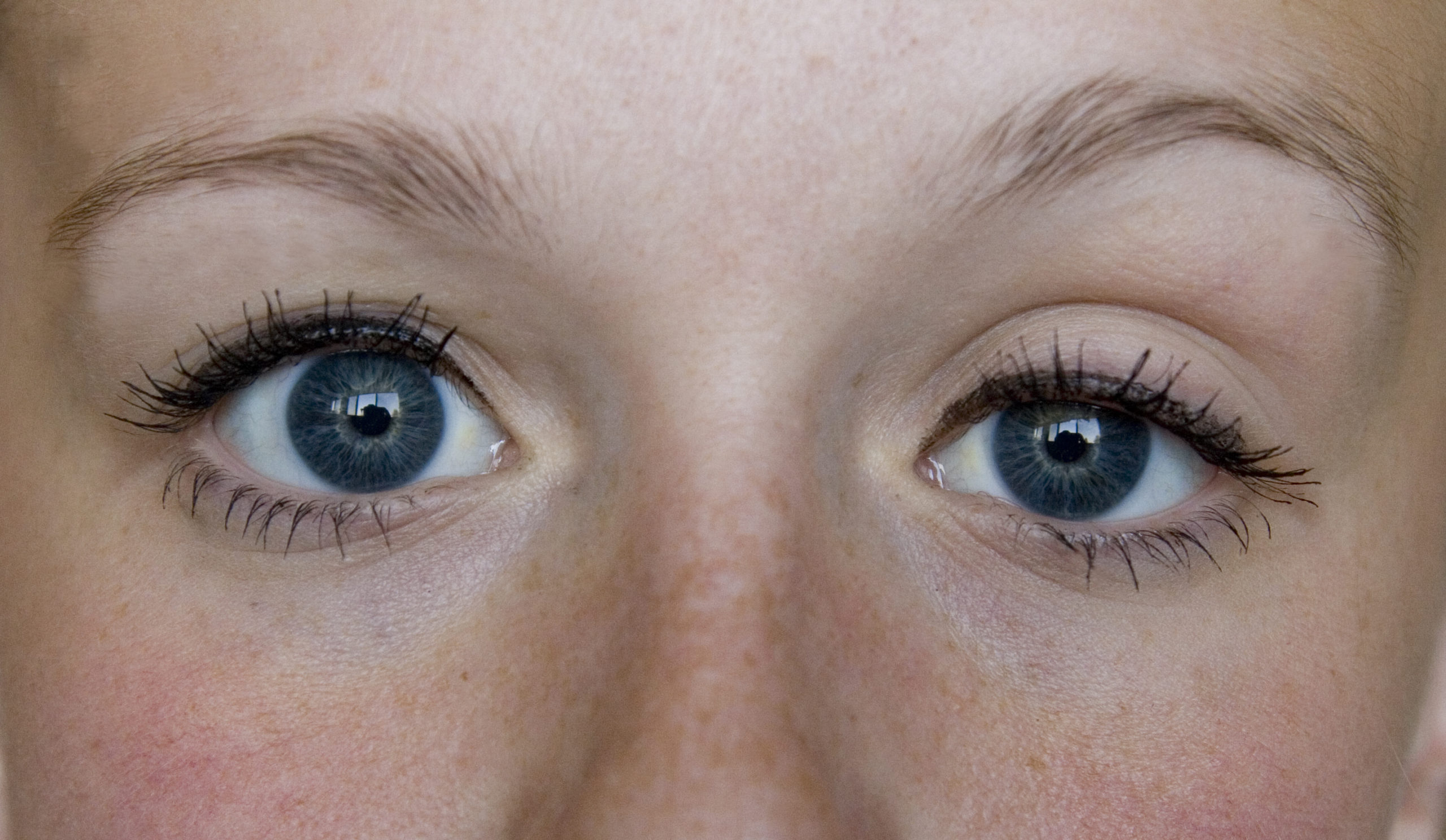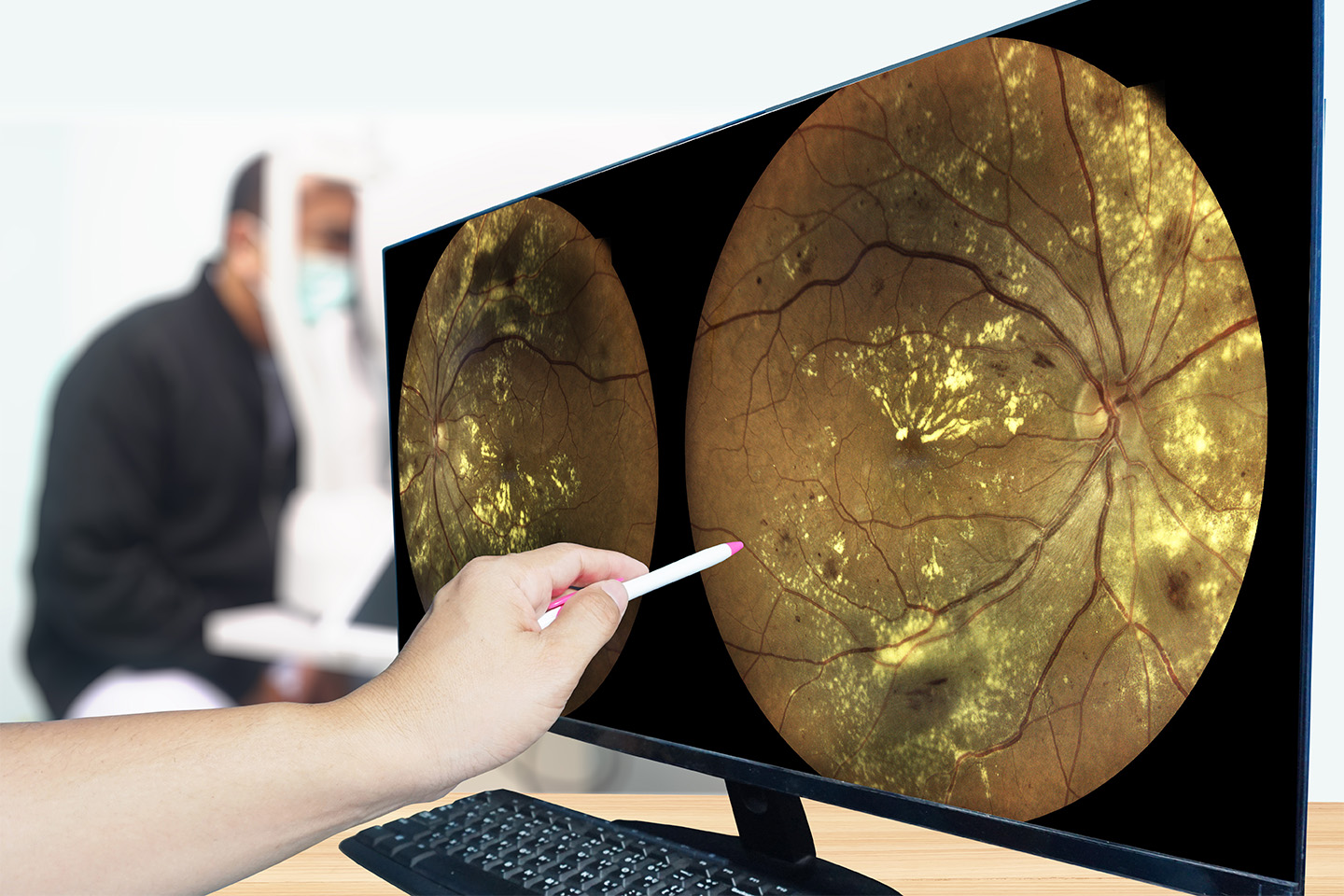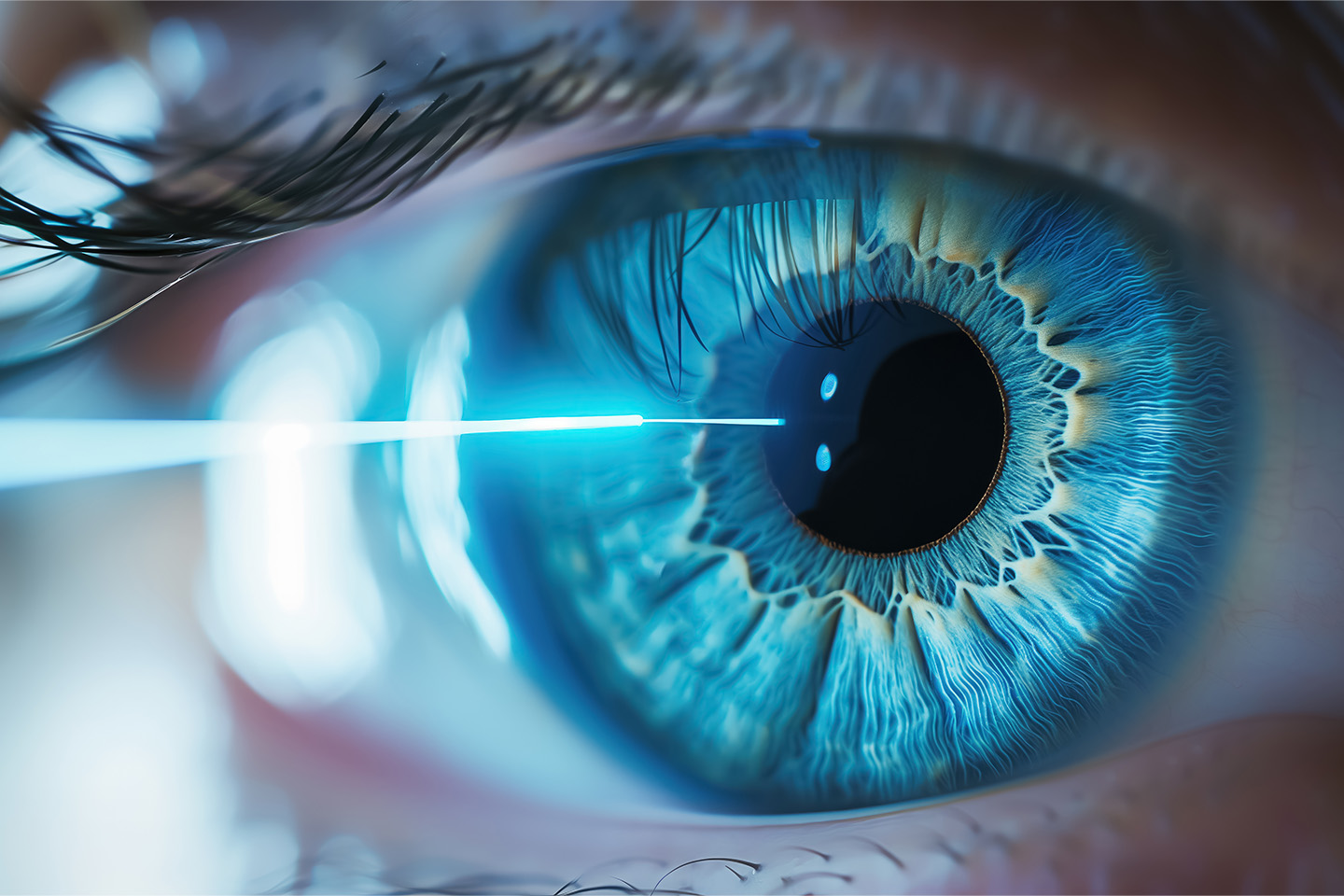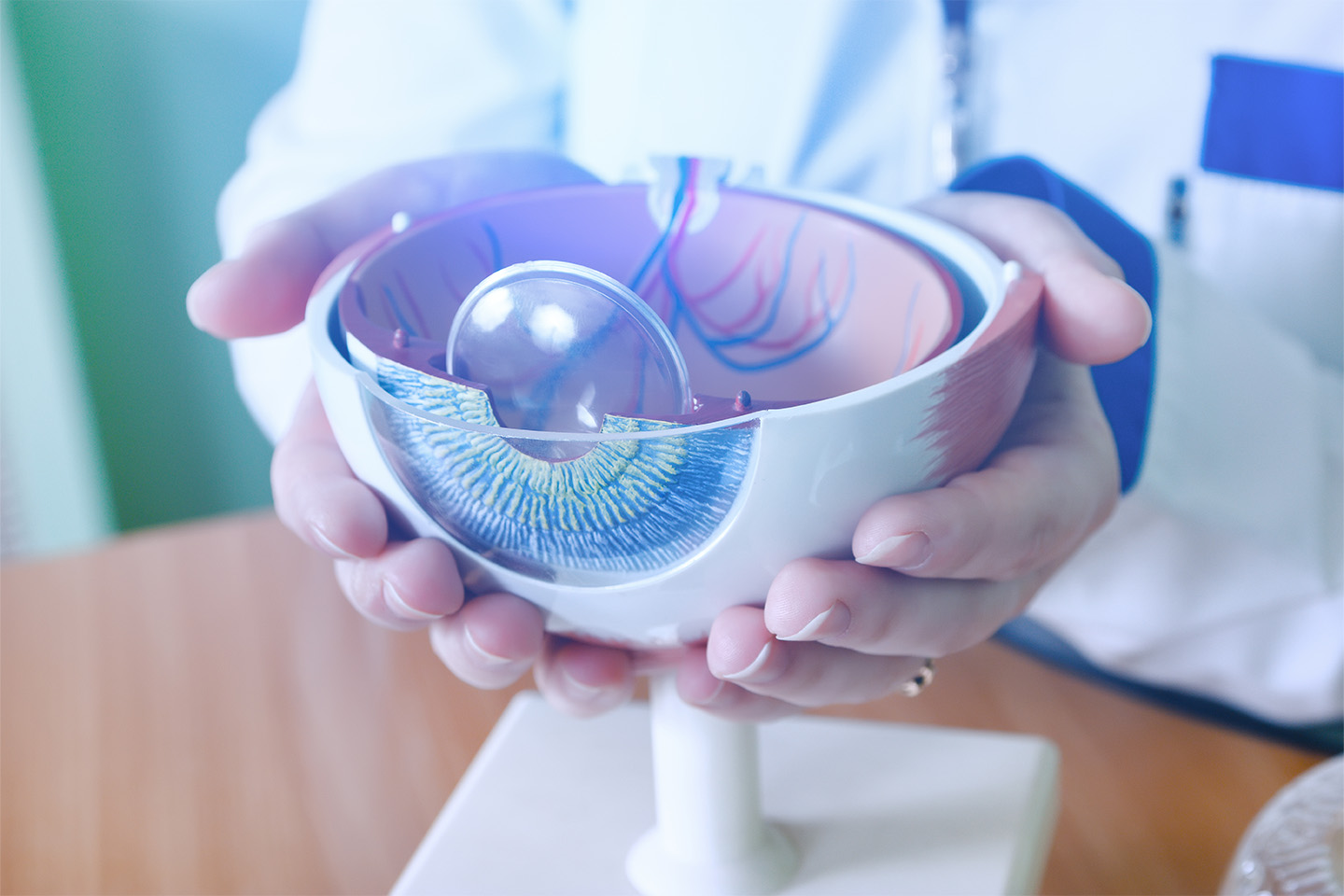Amblyopia

Amblyopia, commonly known as lazy eye, is a condition where vision in one of the eyes is reduced because the eye and the brain are not working together properly. The visual loss in amblyopia cannot be corrected by just wearing glasses. Amblyopia is the most common cause of visual impairment during childhood. The condition affects approximately 2 to 3 out of every 100 children. It is thought to develop early in life during the critical period of visual development. Unless it is successfully treated in early childhood, amblyopia usually persists into adulthood and is the most common cause of monocular (one eye) visual impairment among children and young and middle-aged adults.
What Causes Amblyopia?
Strabismus
Strabismus, which is an imbalance in the positioning of the two eyes, is the most common cause of amblyopia. Strabismus can cause (esotropia) or turn out (exotropia).
This condition is caused by a when light is not focused correctly as it travels through the . A child with this condition will be more farsighted or nearsighted in one . Amblyopia develops in the .
This is the least common form. It occurs when one is prevented from seeing and becomes weaker.
Other causes of amblyopia include , nearsightedness, and astigmatism. There is often a family history of this condition.
What are Amblyopia Symptoms?
The amblyopia symptoms include:
- Eyes that turn in or out
- Eyes that do not appear to work together
- Inability to judge depth correctly
- Poor vision in one eye
How Is Amblyopia Diagnosed?
Amblyopia is usually easily diagnosed with a complete examination of the eyes. Special tests are usually not needed.
What is the Treatment for Amblyopia?
In general, the earlier the child has the condition for the development of amblyopia the worse it may become. Similarly, the earlier the treatment is started, the better the opportunity to reverse . Before treating amblyopia, it may be necessary to first treat the underlying cause. Many children do not recognize they have a because their compensates for the . If the progressively gets worse, an develops.
treatment often treats an underlying problem and specifically targets the . Glasses are commonly prescribed to improve focusing or misalignment of the eyes. Surgery may be performed on the muscles to straighten the eyes if non-surgical means are unsuccessful. Surgery can help in the treatment of amblyopia by allowing the eyes to work together better. and may also be recommended either before or after surgery to correct faulty visual habits associated with strabismus and to teach comfortable use of the eyes.
Getting the to Work
Following treatment of the underlying cause, an may be required for a period of time. The better-seeing is patched, forcing the to work, thereby strengthening its . drops or ointment may also be used to blur the of the in order to force the weaker one to work. This method, however, is generally a less successful approach than .
About ICON Eyecare
ICON Eyecare is a leading surgical and medical eye care provider based out of Denver, CO. Since 1999, ICON has been building a Center of Ophthalmology Excellence empowered by an expert team of board-certified physician specialists, the most advanced laser technology and a culture of quality and extraordinary patient care. In coordination with referring optometrists and physicians, ICON Eyecare specializes in treating patients with cataracts, advanced forms of glaucoma and other age and disease-related conditions, while providing innovative options for patients seeking LASIK and cosmetic eye procedures. With 14 patient care centers located in Colorado and Texas, ICON Eyecare is expanding within the broader western U.S. region. For more information, please call (720) 524-1001, or visit iconeyecare.com.
[DISPLAY_ULTIMATE_SOCIAL_ICONS]








